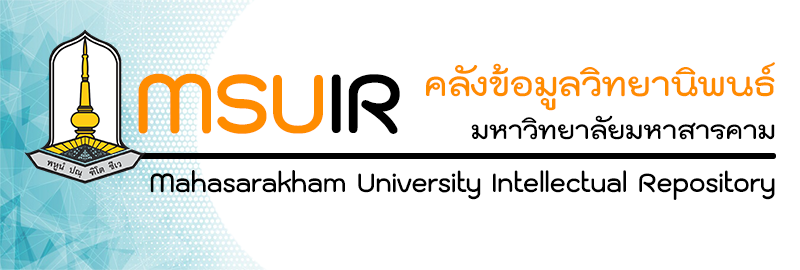Please use this identifier to cite or link to this item:
http://202.28.34.124/dspace/handle123456789/2638| Title: | Using Revised Bloom's Taxonomy to Evaluate Reading Questions in EFL Textbook in Thailand การใช้ Revised Bloom's Taxonomy เพื่อประเมินคำถามการอ่านในหนังสือเรียนภาษาอังกฤษในฐานะภาษาต่างประเทศ ในประเทศไทย |
| Authors: | Anek Khamta เอนก คำตา Somkiet Poopatwiboon สมเกียรติ ภู่พัฒน์วิบูลย์ Mahasarakham University Somkiet Poopatwiboon สมเกียรติ ภู่พัฒน์วิบูลย์ somkiet.p@msu.ac.th somkiet.p@msu.ac.th |
| Keywords: | reading questions Revised Bloom’s Taxonomy critical thinking lower order thinking skills (LOTS) higher order thinking skills (HOTS) |
| Issue Date: | 11 |
| Publisher: | Mahasarakham University |
| Abstract: | This study aimed at analyzing reading questions for the development of critical thinking in Action 1, 2, and 3 English Language textbooks for grade seven, eight, and nine students at a Catholic school located in the northeastern part of Thailand. Specifically, this study investigated the levels of reading questions in these three English textbooks. The percentage of reading questions in each level of the Revised Bloom’s Taxonomy in the three English textbooks was also explored. The study used content analysis to analyze reading questions at the end of all the reading texts in the three English textbooks on the basis of Revised Bloom’s Taxonomy. All of the reading questions were collected, analyzed, classified, and calculated into percentage. The findings revealed that among 998 reading questions in ACTION 1, 2, and 3, there were greater percentage of reading questions in the lower level than reading questions in the higher level of Revised Bloom’s Taxonomy; and lower percentage reading questions in Higher Order Thinking Skills (HOTS) (34.67%) than in Lower Order Thinking Skills (LOTS) (65.33%). However, reading questions in ACTION 1, 2, and 3 covered all the six levels of Revised Bloom’s Taxonomy and the categories of LOTS and HOTS. While the percentage of reading questions in the level of remembering that dominated ACTION 1 kept decreasing in ACTION 2, and 3 and the percentage of reading questions in the level of understanding, applying, analyzing, evaluating, and creating kept increasing in ACTION 2, and 3. In addition, number of reading questions in the category of HOTS mostly kept increasing slightly in higher series of Action. The results of the study suggest pedagogical implications for teachers to add more reading tasks together with more reading questions in HOTS to enhance students’ critical thinking. Moreover, teachers are recommended to use another book in equivalent CEFR level with reading questions in HOTS as a supplementary reading to ensure the development of students’ critical thinking. - |
| URI: | http://202.28.34.124/dspace/handle123456789/2638 |
| Appears in Collections: | The Faculty of Humanities and Social Sciences |
Files in This Item:
| File | Description | Size | Format | |
|---|---|---|---|---|
| 64010181020.pdf | 2.59 MB | Adobe PDF | View/Open |
Items in DSpace are protected by copyright, with all rights reserved, unless otherwise indicated.

